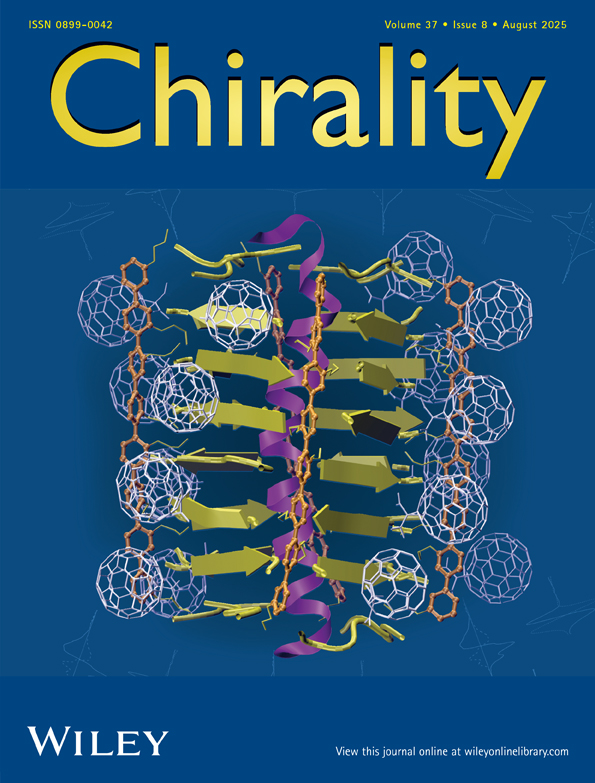New method for the resolution of the enantiomers of 5,6-Dihydroxy-2-Methyl-Aminotetralin by selective derivatization and HPLC analysis: Application to biological fluids
Abstract
A new chiral derivatization procedure for the HPLC resolution of chiral catecholamines and structurally related compounds is described. The homochiral reagent, (+)-(R)-1-phenylethyl isocyanate (RPEIC), was added to separate and quantitate the enantiomers of rac-5,6-dihydroxy-2-methyl-aminotetralin, the main metabolite of rac-5,6-diisobutyryl-2-methyl-aminotetralin, a potent dopamine agonist, by reversed-phase HLPC analysis. To avoid catecholamine degradation in the basic reaction medium and to obtain the selective and quantitative derivatization of the amino group of the compound, the reversible complex formation between diphenylborinic acid (DPBA) and the catechol group, in alkaline medium, was performed before homochiral isocyanate addition. The RPEIC derivatization was completed in 30 min and then the DPBA complex was dissociated by adding dilute acid. The structure of intermediates and urea derivatives was confirmed by mass spectrometry. The use of an electrochemical detector, operating in redox mode, allowed HPLC quantitation of enantiomers at the nanogram level in plasma and urine. The derivatization procedure is also suitable for other catecholamine-related compounds. © 1996 Wiley-Liss, Inc.




